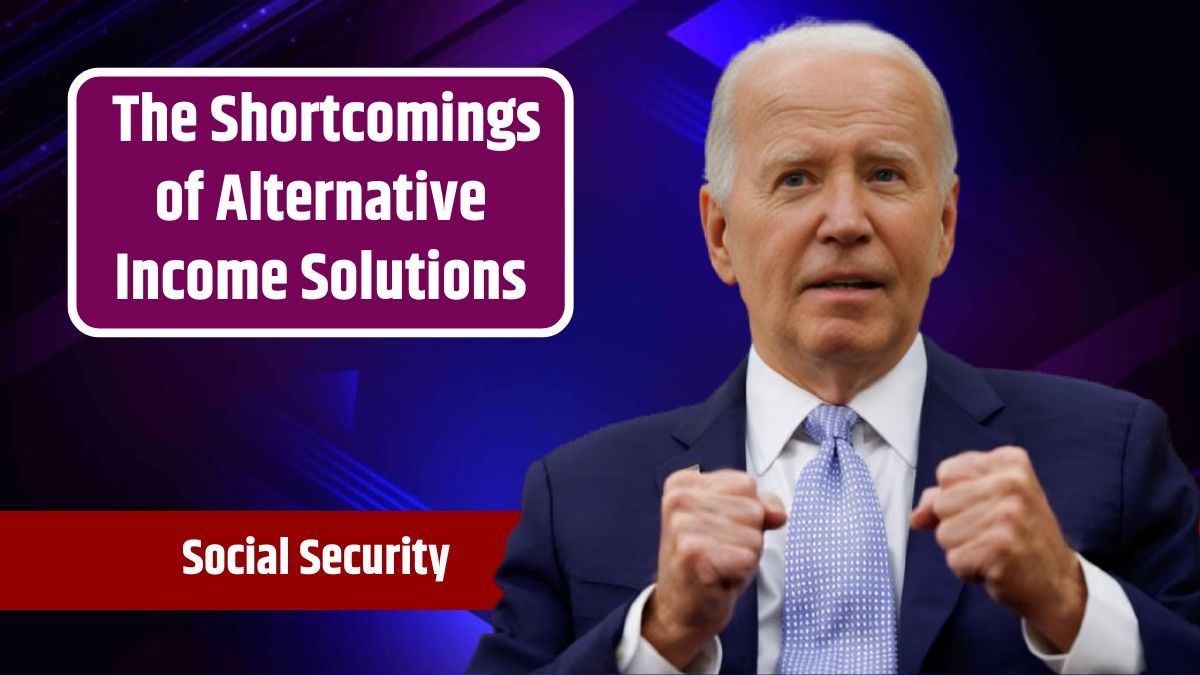Social Security is a cornerstone of financial security for millions of Americans. Yet, an overlooked segment of the population—around 3.3% of individuals aged 62-84—will never receive Social Security benefits, according to the 2023 Trustees Report.
These individuals face disproportionately high poverty rates compared to those who do receive benefits, highlighting a gap in the safety net that leaves many vulnerable to economic instability.
This article examines why certain groups miss out on Social Security, their income sources, and the implications of this systemic issue.
Benefits
The population excluded from Social Security benefits is diverse and includes high proportions of specific demographics. As of May 2024, this group is characterized by:
- Women: 63% of never-beneficiaries are women, reflecting economic disparities that often affect women more deeply, especially in later life.
- Hispanics: 28% of this group are Hispanic, a demographic that often faces economic barriers that may prevent eligibility.
- Immigrants: Comprising nearly half (49%) of never-beneficiaries, immigrants who arrive later in life may struggle to meet the qualification requirements.
- Never-Married Individuals: 21% of those excluded have never married, impacting their ability to qualify for spousal or survivor benefits.
- Widows: Another 20% are widows who, despite often relying on spousal income, fall short of the qualification thresholds.
- Low Education Levels: A significant portion (36%) lacks a high school diploma, a factor linked to limited career opportunities and lower lifetime earnings.
These groups are particularly vulnerable to financial insecurity, as they often lack the steady work history required to qualify for Social Security benefits.
Types of Workers
Knowing the types of workers who miss out on benefits provides insights into the underlying causes of this issue. Never-beneficiaries generally fall into three main categories:
- Infrequent Workers (38.9%): This group includes individuals who haven’t earned enough work credits to qualify. Social Security requires a minimum of 40 credits, equivalent to about 10 years of employment, which can be challenging for those with intermittent work histories.
- Noncovered Workers (10.8%): Primarily made up of state and local government employees, these individuals are not covered under Social Security due to alternative retirement systems in their employment sectors.
- Die Before Receiving Benefits (1.3%): A small percentage of people die before they have the opportunity to collect Social Security. This group often includes those with limited or delayed work histories, who face an even narrower window for eligibility.
Never-Beneficiaries
The financial reality for never-beneficiaries is starkly different from that of current or future Social Security recipients:
- Overall Poverty Rate: An alarming 54.3% of those who never receive Social Security benefits live below the poverty line, highlighting the precarious economic position of this group.
- Current and Future Beneficiary Poverty Rate: In contrast, only 5.8% of individuals who receive or will receive benefits face poverty, showing the protective impact of Social Security.
This disparity underscores how critical Social Security benefits are in preventing poverty among older Americans, particularly for those without substantial savings or other retirement income sources.
Income Sources
Without Social Security, never-beneficiaries rely on alternative, often less stable, sources of income. The income landscape for these individuals typically includes:
- Late-Arriving Immigrants: These individuals often rely on income from coresident family members, which makes up around 36.5% of their household income. This dependency reflects the challenges they face in establishing financial independence due to limited employment history in the U.S.
- Infrequent Workers: Infrequent workers are more likely to receive Supplemental Security Income (SSI), with 31.2% relying on it for basic support. SSI, however, provides lower benefits than Social Security and has stricter eligibility criteria, often leaving recipients with minimal financial support.
- Both Groups: While some never-beneficiaries have limited asset income, their reliance on such income is usually lower compared to Social Security recipients, resulting in an overall income gap.
These alternative income sources can be less predictable and insufficient to meet basic needs, leaving many never-beneficiaries financially vulnerable.
Significant
Encouragingly, the percentage of never-beneficiaries is expected to decrease in the coming years, indicating a potential shift toward inclusivity. This decline may reflect changes in employment practices, immigration policies, or Social Security adjustments aimed at expanding coverage to a broader range of workers. While the trend is positive, addressing the current gaps remains crucial to ensuring that all individuals have access to financial security as they age.
FAQs
Who are Social Security never-beneficiaries?
Those who, due to work history or other factors, do not qualify for benefits.
Why do immigrants miss out on Social Security?
Late-arriving immigrants often lack the required work credits.
What are infrequent workers?
Workers with insufficient work credits to qualify for Social Security.
How high is poverty among never-beneficiaries?
Over 54% of never-beneficiaries live below the poverty line.
Is the number of never-beneficiaries expected to drop?
Yes, a slight decline is anticipated in coming years.






